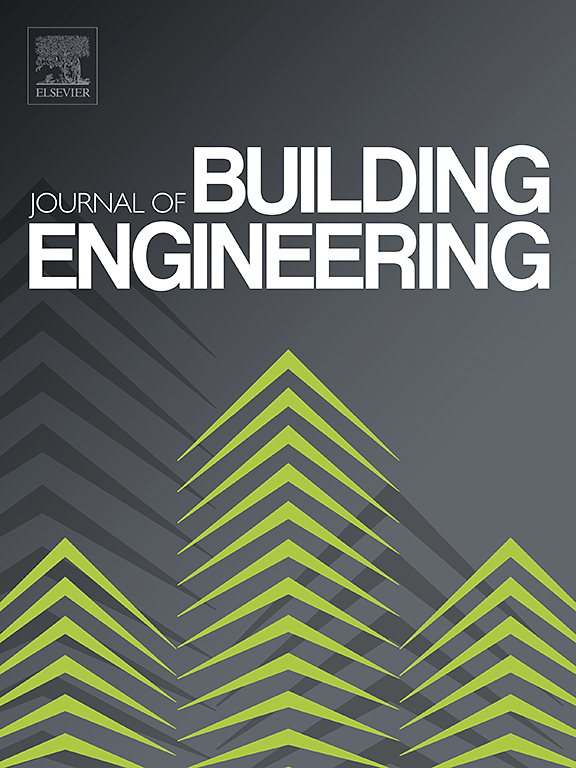Interpretable reduced-order optimization research for improving indoor environmental quality in buildings based on dimensional analysis and surrogate-based optimization
IF 6.7
2区 工程技术
Q1 CONSTRUCTION & BUILDING TECHNOLOGY
引用次数: 0
Abstract
Implementing large-scale optimization designs and identifying optimal design variables in fields such as architectural engineering is crucial for improving indoor environmental quality. However, the high-dimensional nonlinear characteristics complicate the understanding of the optimization process and increase the difficulty of finding optimal solutions. This study proposes an interpretable reduced-order optimization (ROO) method based on dimensional analysis, which integrates numerous variables into a single reduced-order coefficient through a power form. The goal is to develop a reduced-order and approximately one-dimensional nonlinear relationship during the optimization process and to reveal the mechanisms of single-objective and multi-objective optimization, thereby enhancing the interpretability of the optimization process. The reliability of the ROO is validated through single-objective optimization of building thermal bridges and multi-objective optimization of squirrel cage fans. The study shows that the power in the reduced-order coefficient can be used to determine the sensitivity and impact of design variables on optimization targets. The nonlinear relationship between the composite structural parameters of the building thermal bridge and the total heat flux can be reduced to an approximately one-dimensional linear relationship, significantly reducing the total heat flux of the thermal bridge by 10.3 %. The ROO accurately describes the aerodynamic performance of the fan and its high-dimensional nonlinear relationship with eight design variables, eliminating optimization conflicts among multiple operating conditions and significantly enhancing the aerodynamic performance. The ROO method proposed in this study offers a new approach to making the optimization process more interpretable, playing a crucial role in optimization design and revealing optimization mechanisms in engineering applications.
基于维度分析和代用优化的改善建筑室内环境质量的可解释降阶优化研究
在建筑工程等领域实施大规模优化设计并确定最佳设计变量,对于改善室内环境质量至关重要。然而,高维非线性特征使得对优化过程的理解变得复杂,并增加了找到最优解的难度。本研究在维度分析的基础上提出了一种可解释的降阶优化(ROO)方法,通过幂形式将众多变量整合为一个降阶系数。其目的是在优化过程中建立一种降阶的近似一维的非线性关系,揭示单目标优化和多目标优化的机理,从而增强优化过程的可解释性。通过对建筑热桥的单目标优化和鼠笼风机的多目标优化,验证了 ROO 的可靠性。研究表明,降阶系数中的功率可用于确定设计变量对优化目标的敏感性和影响。建筑热桥的复合结构参数与总热通量之间的非线性关系可以简化为近似一维的线性关系,从而将热桥的总热通量显著降低 10.3%。ROO 精确地描述了风机的气动性能及其与八个设计变量之间的高维非线性关系,消除了多种运行条件之间的优化冲突,显著提高了气动性能。本研究提出的 ROO 方法提供了一种新方法,使优化过程更具可解释性,在优化设计和揭示工程应用中的优化机理方面发挥了重要作用。
本文章由计算机程序翻译,如有差异,请以英文原文为准。
求助全文
约1分钟内获得全文
求助全文
来源期刊

Journal of building engineering
Engineering-Civil and Structural Engineering
CiteScore
10.00
自引率
12.50%
发文量
1901
审稿时长
35 days
期刊介绍:
The Journal of Building Engineering is an interdisciplinary journal that covers all aspects of science and technology concerned with the whole life cycle of the built environment; from the design phase through to construction, operation, performance, maintenance and its deterioration.
 求助内容:
求助内容: 应助结果提醒方式:
应助结果提醒方式:


